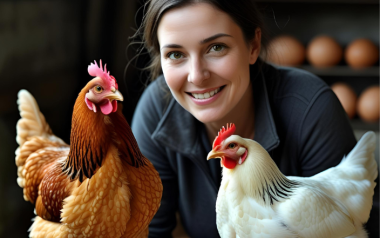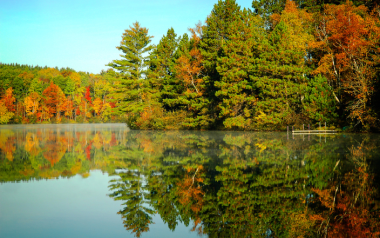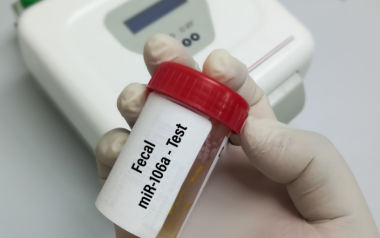02 Jan 2023
Duckweed as an alternative protein source for broilers
Duckweed could play an essential role as a potential alternative protein source in poultry since soy production is associated with...
Alternative protein sources for animal nutrition are required since, for example, soy production, which is one of the main protein ingredients, is associated with deforestation and long transport distances. Therefore, duckweed could play an essential role as a potential alternative protein source in poultry.
The duckweed comprises different small floating plants present on the water surface with sizes up to 1.5 cm. This group includes Lemna L., Spirodela Schleid., Landoltia Les & Crawford, Wolffia Horkel ex Schleid. and Wolffiella Hegelm., with 36 different species.
Among the features of the duckweed is that this floating plant is one of the fastest-growing, with exponential growth. Additionally, this plant contains a high nutrient availability. The crude protein levels can augment up to 44 percent in dry matter due to the levels of ammonium and nitrate.
A study evaluated the effect of different duckweed batches as protein feed on broilers’ performance parameters, such as feed intake and body weight. Also, the ileal digestibility of amino acids and phosphorus was assessed.
- The duckweed batches consisted of a mixture of Lemna minuta and Lemna minor (batch A), Spirodela polyrhiza (batch B), and Lemna obscura (batch C) with a crude protein content of 17.5, 24.7 and 37.0%, respectively.
- Treatment diets contained 50% of batch A, 50% of batch B, and 25, 50, and 75% of batch C. All diets were fed to broiler chickens (Ross 308) from 21 to 27 days of age.
Highlights of the results:
>>Diets with a share of 50 and 75% of batch C led to decreased feed
TO CONTINUE READING REGISTER IT IS COMPLETELY FREE
Access to articles in PDF
Keep up to date with our newsletters
Receive the magazine for free in digital version
REGISTRATION
ACCESS
YOUR ACCOUNT
LOGIN
Lost your password?







































